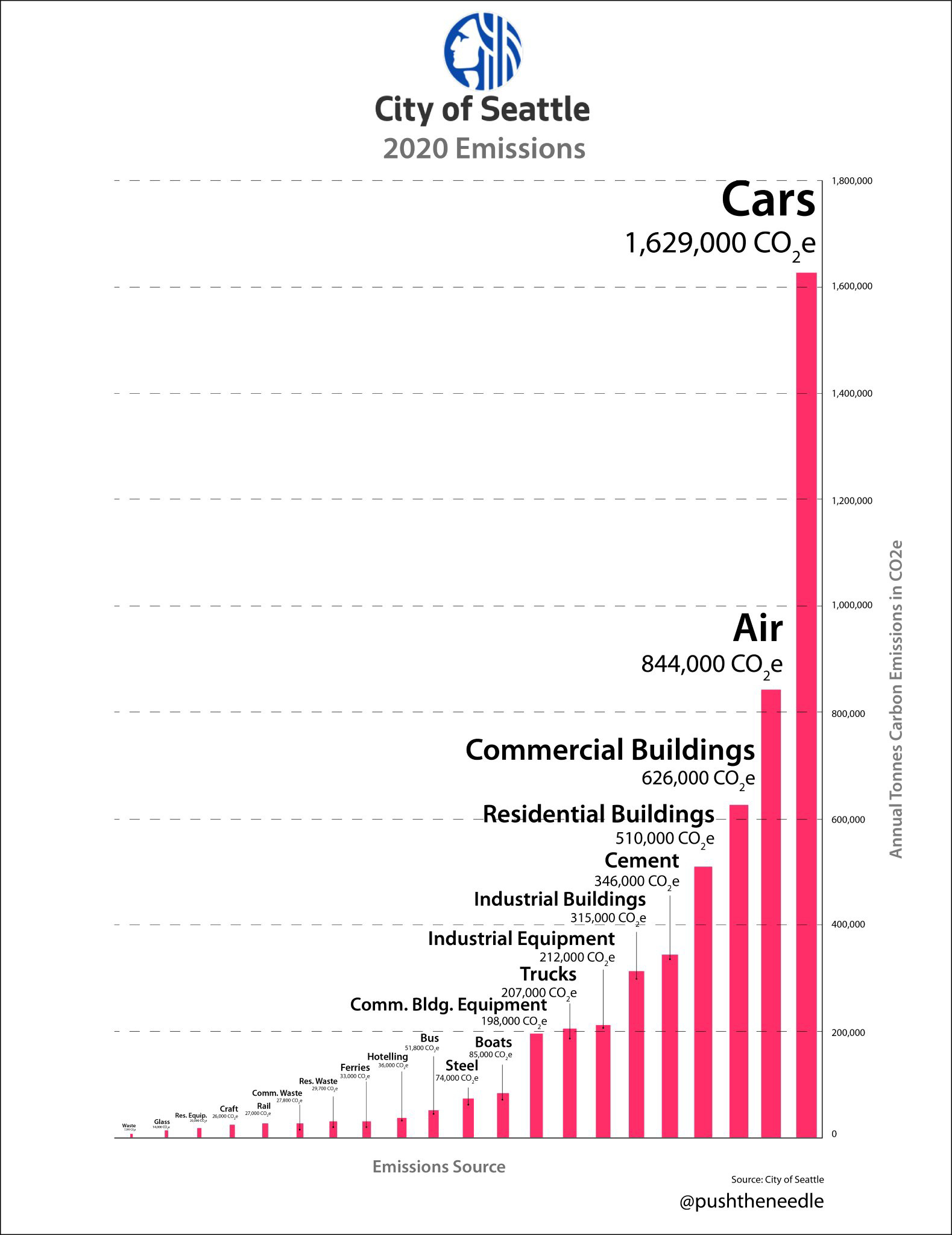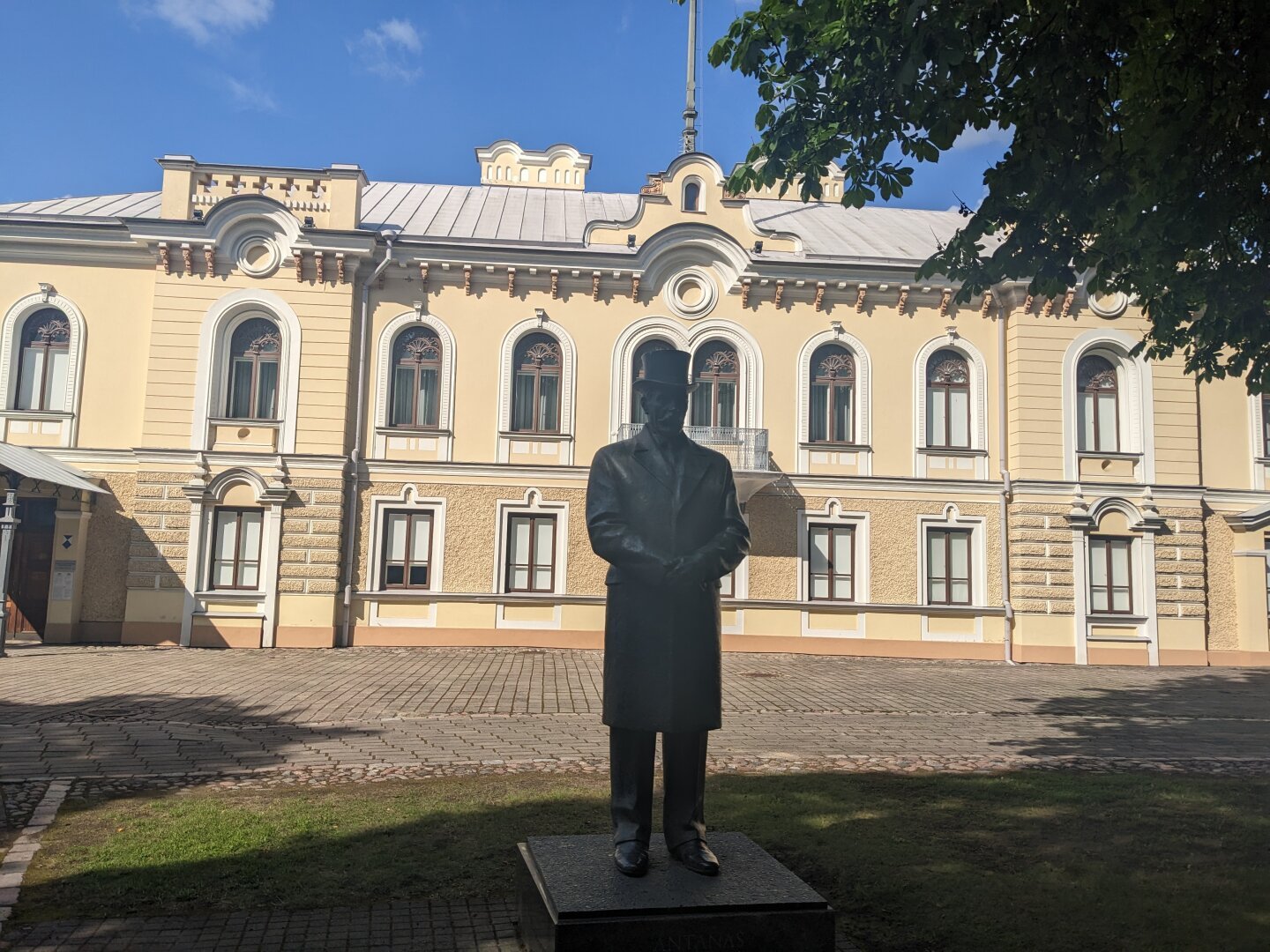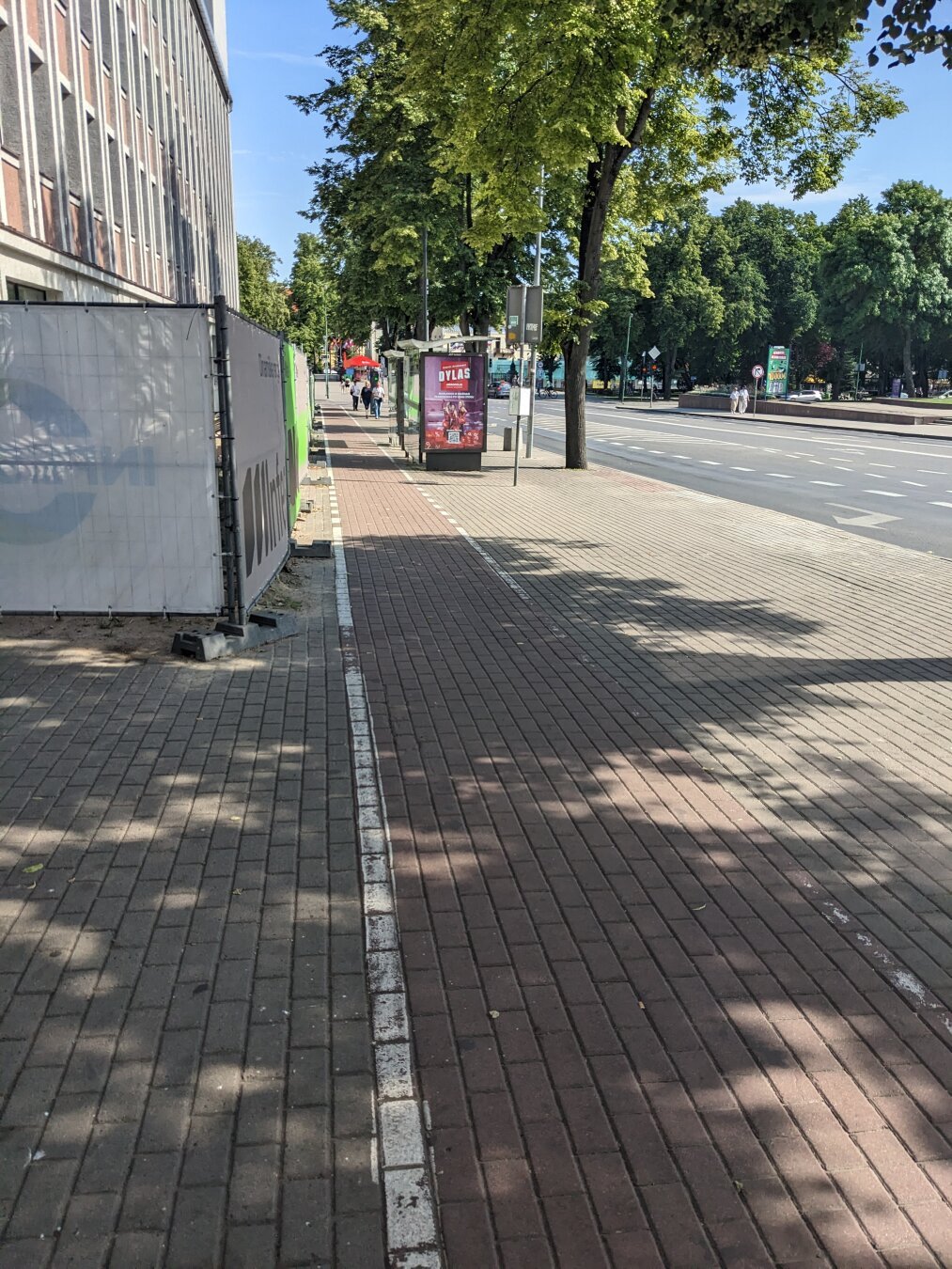Solarpunk Urbanism
2525 readers
1 users here now
A community to discuss solarpunk and other new and alternative urbanisms that seek to break away from our currently ecologically destructive urbanisms.
- Henri Lefebvre, The Right to the City — In brief, the right to the city is the right to the production of a city. The labor of a worker is the source of most of the value of a commodity that is expropriated by the owner. The worker, therefore, has a right to benefit from that value denied to them. In the same way, the urban citizen produces and reproduces the city through their own daily actions. However, the the city is expropriated from the urbanite by the rich and the state. The right to the city is therefore the right to appropriate the city by and for those who make and remake it.
Checkout these related communities:
founded 3 years ago
MODERATORS
226
227
228
229
230
231
232
233
234
235
236
237
238
239
240
241
242
243
244
246
247
248
249
250
9
Advanced simulation of air currents can result in more habitable cities
(norwegianscitechnews.com)








